Black Olive tree
Scientific name: Bucida buceras
GPS Location: 17° 42′ 56.76″ N, 64° 49′ 43.01″ W
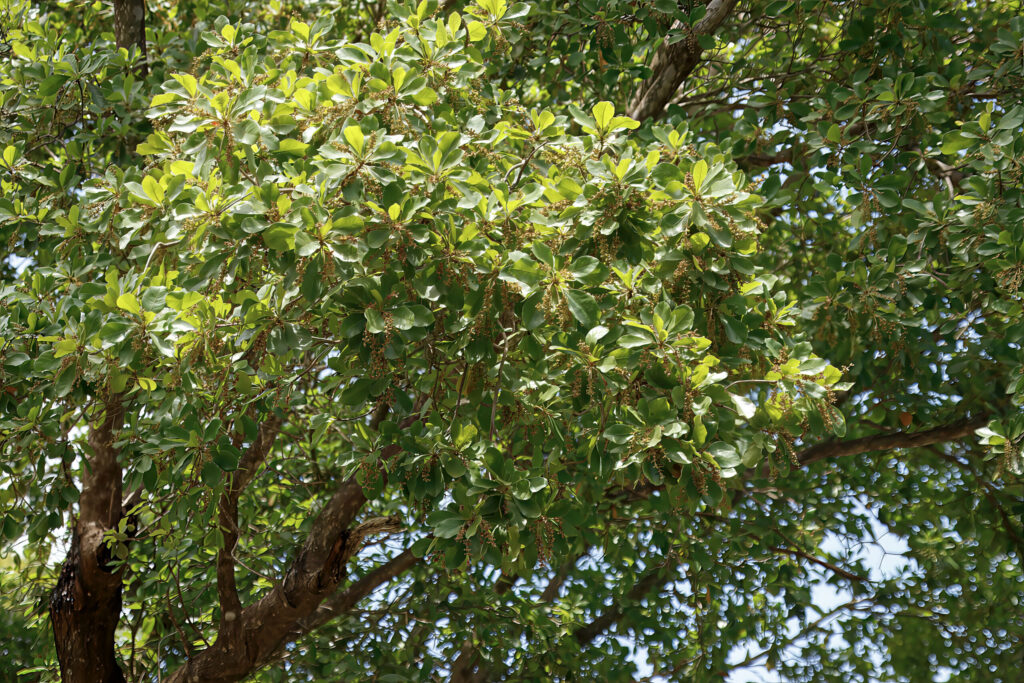
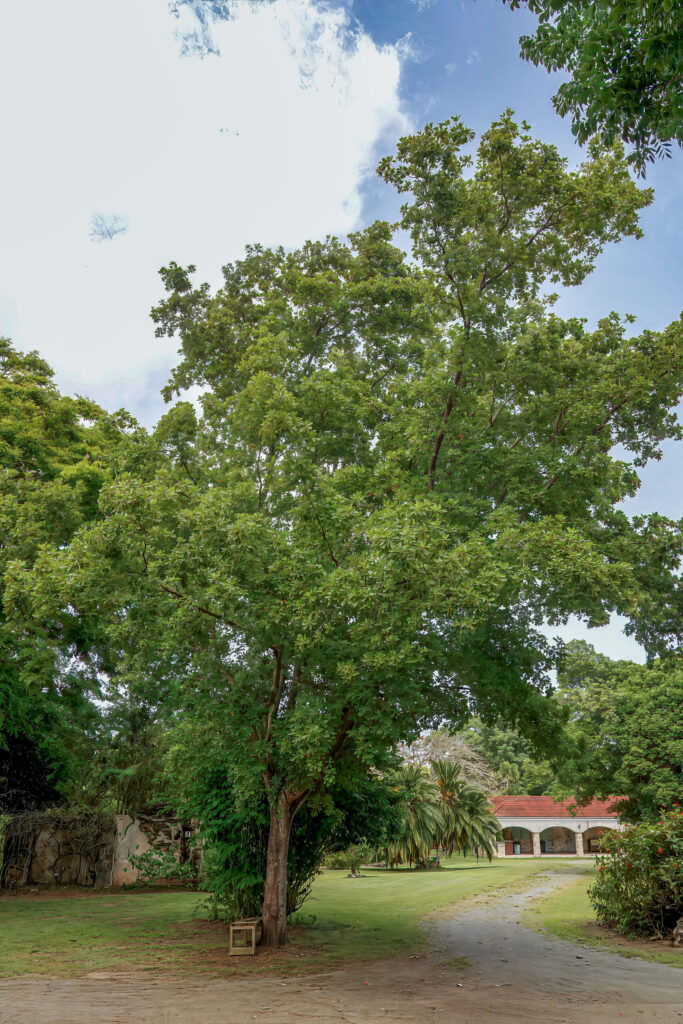
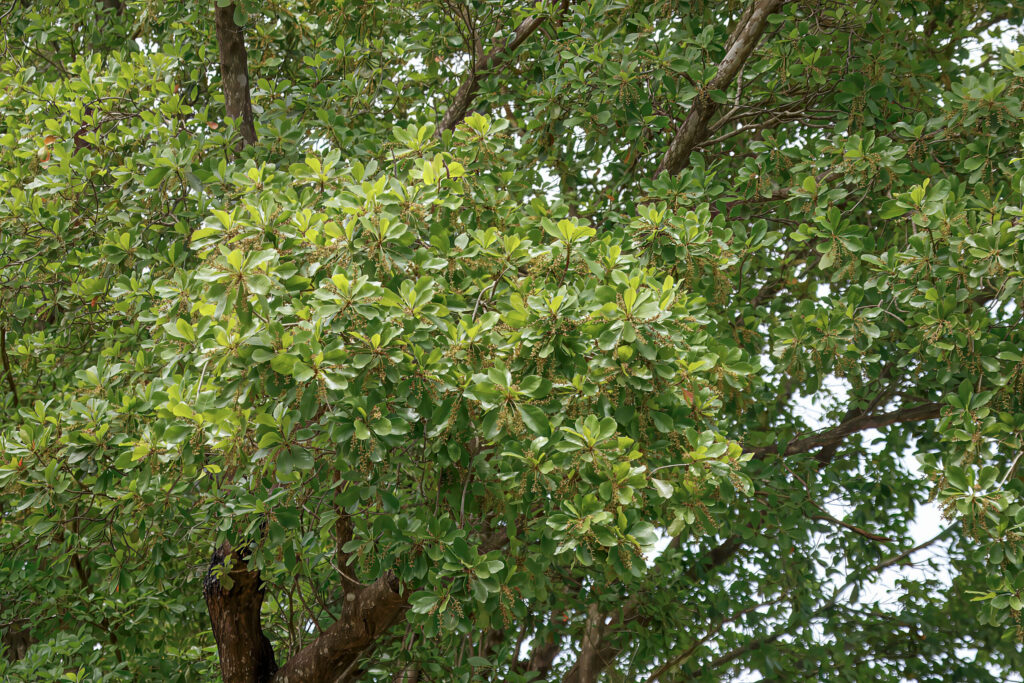
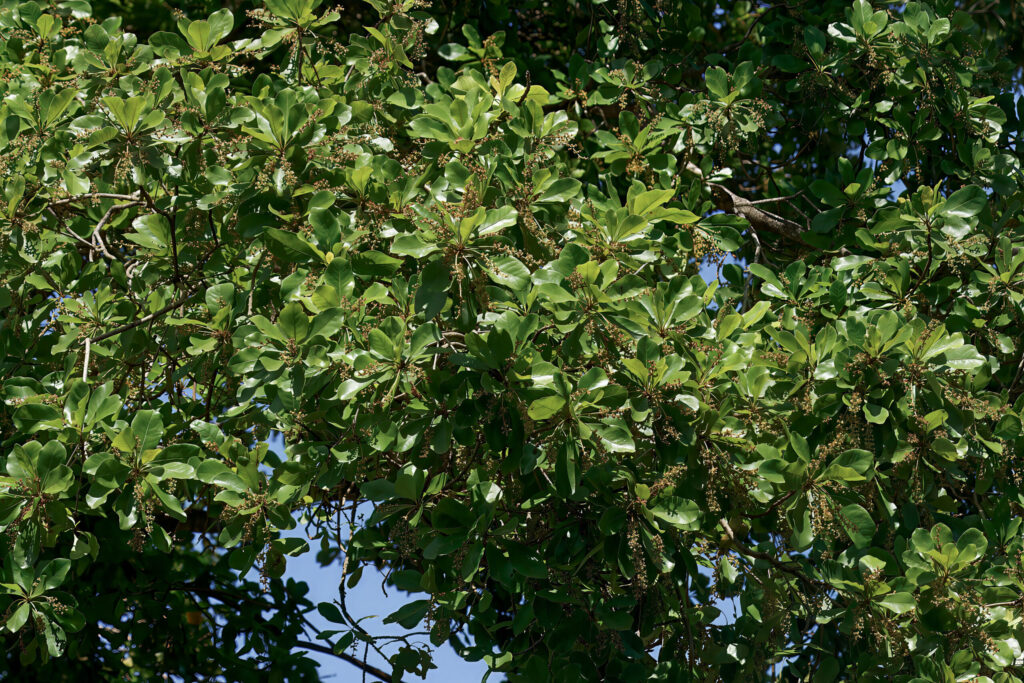
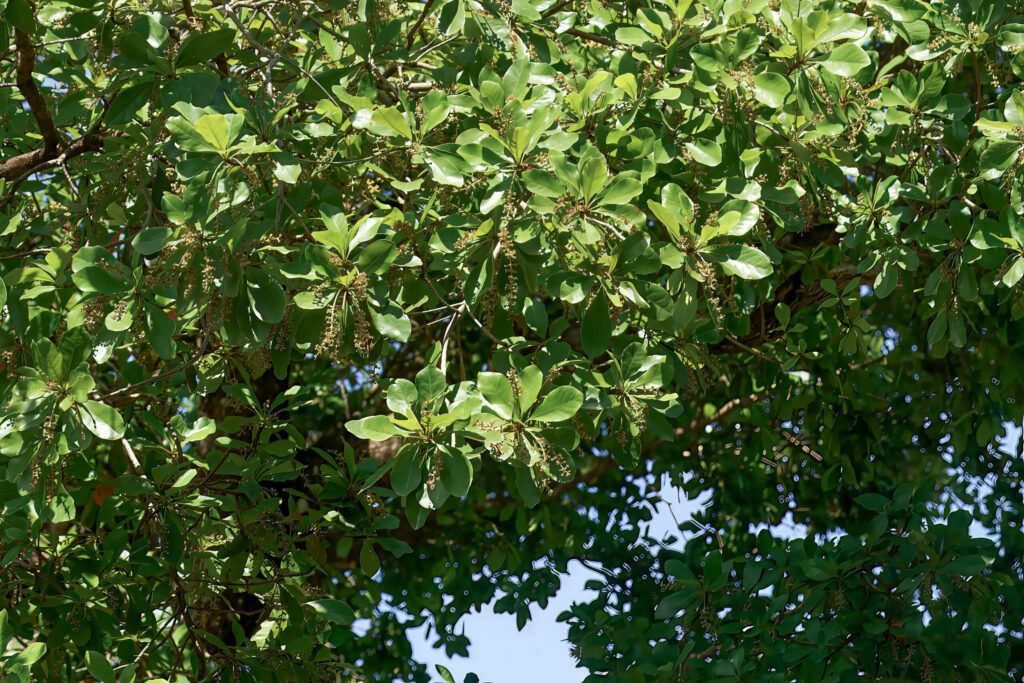
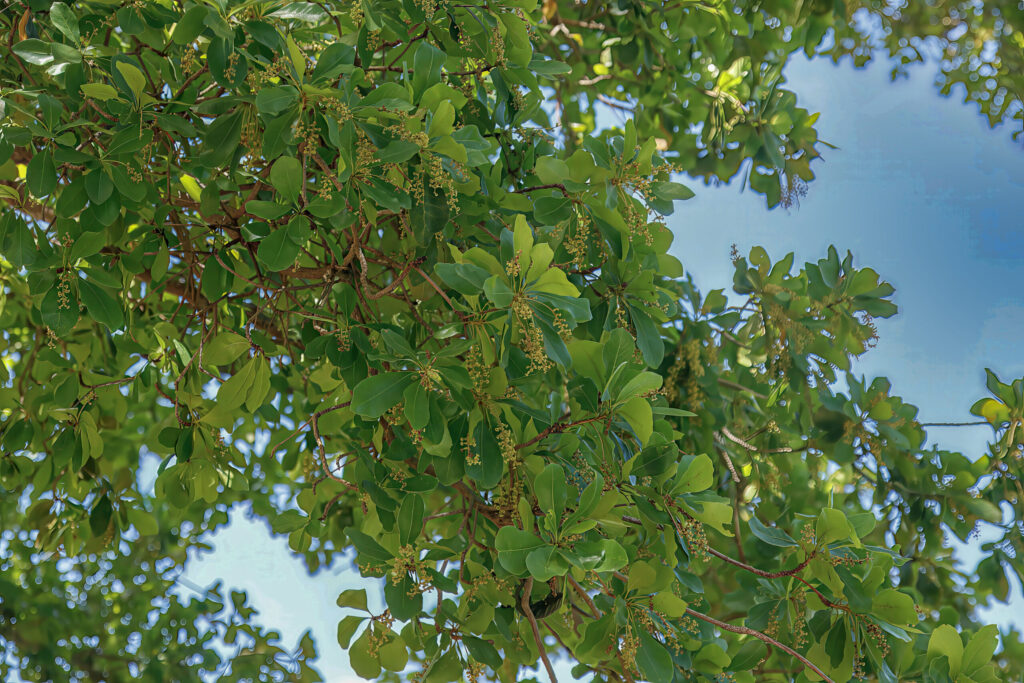
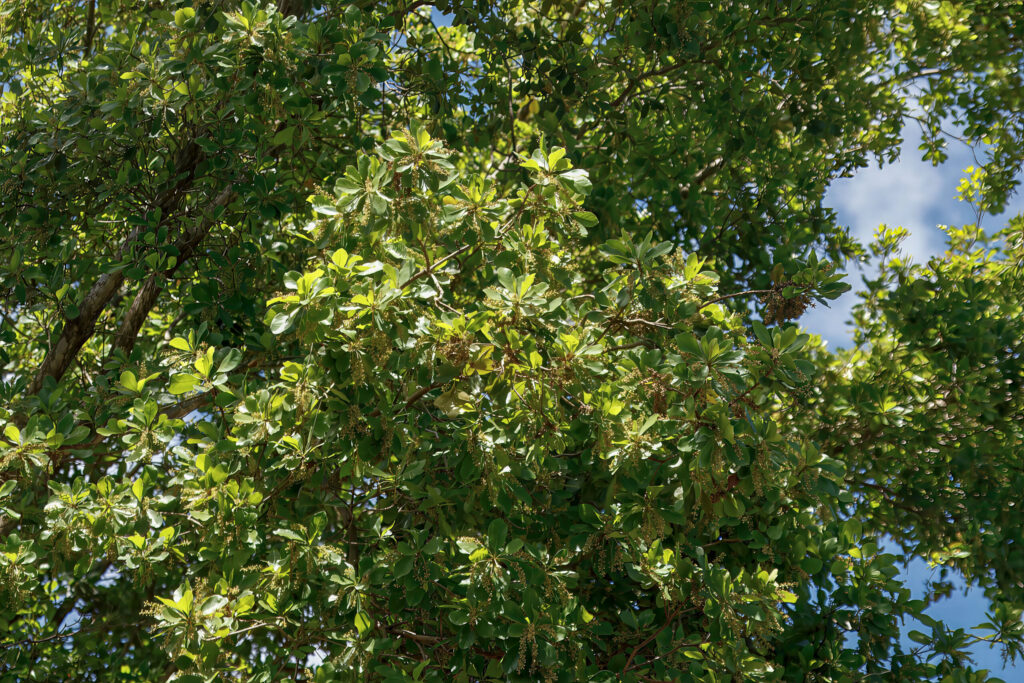
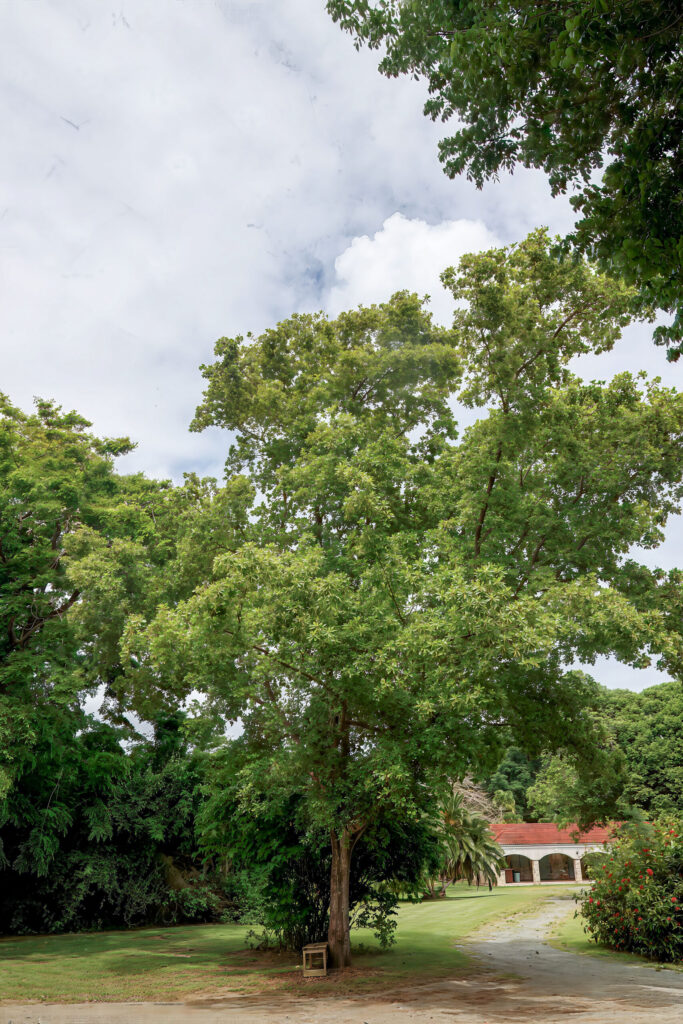
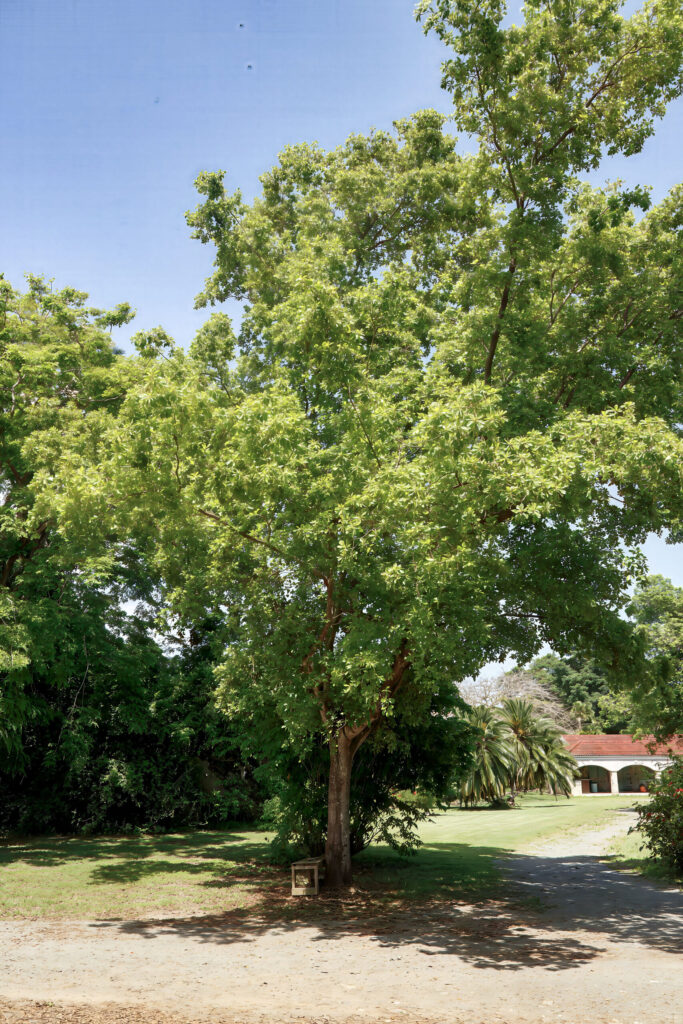
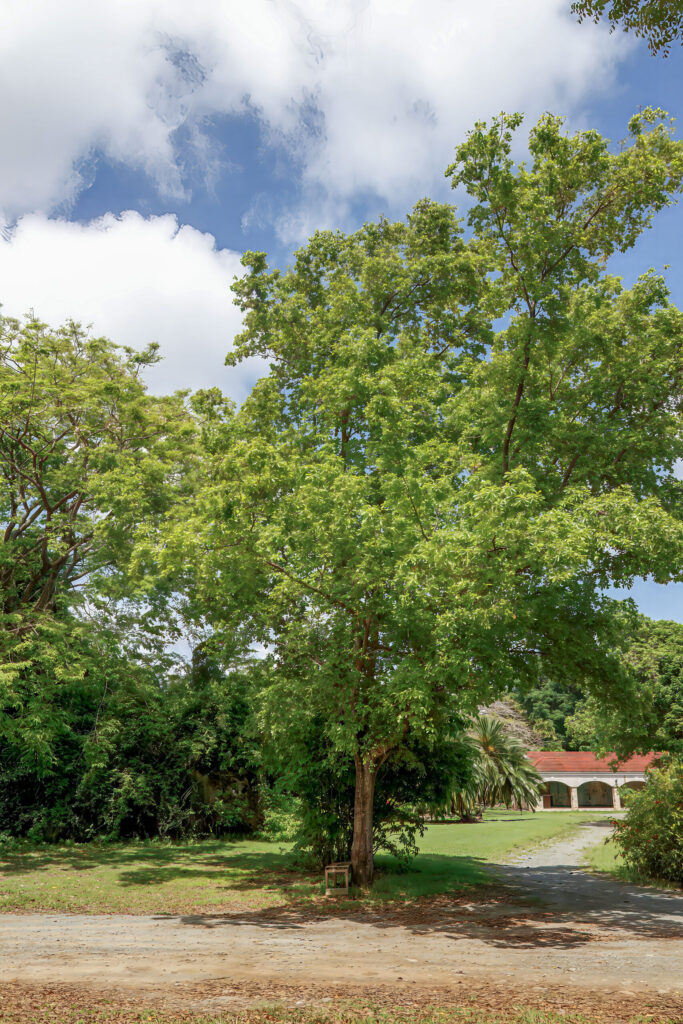
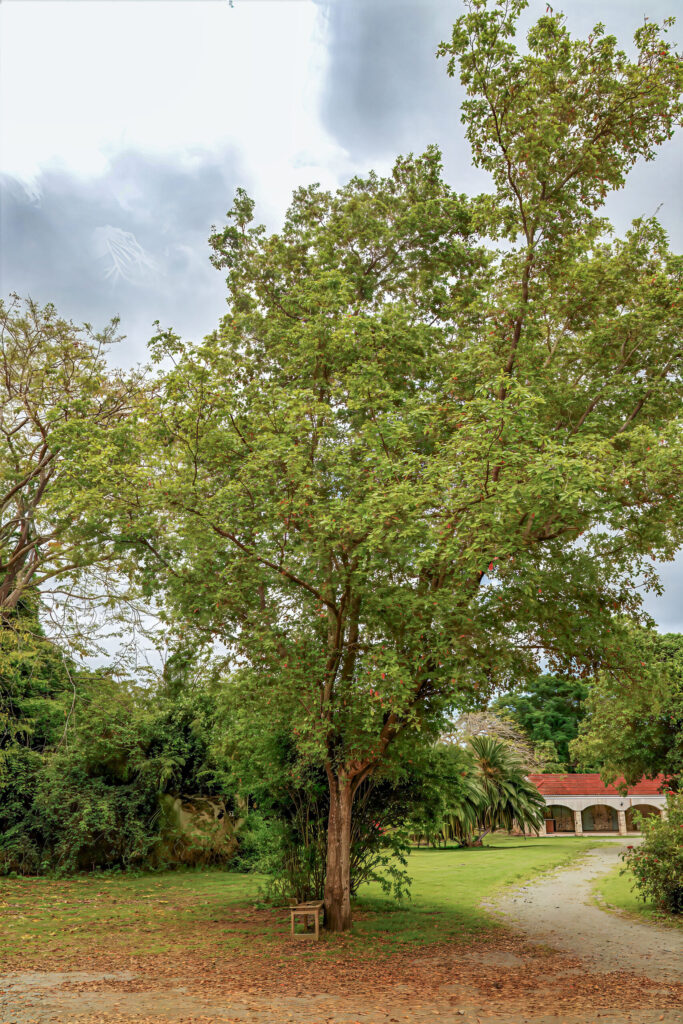
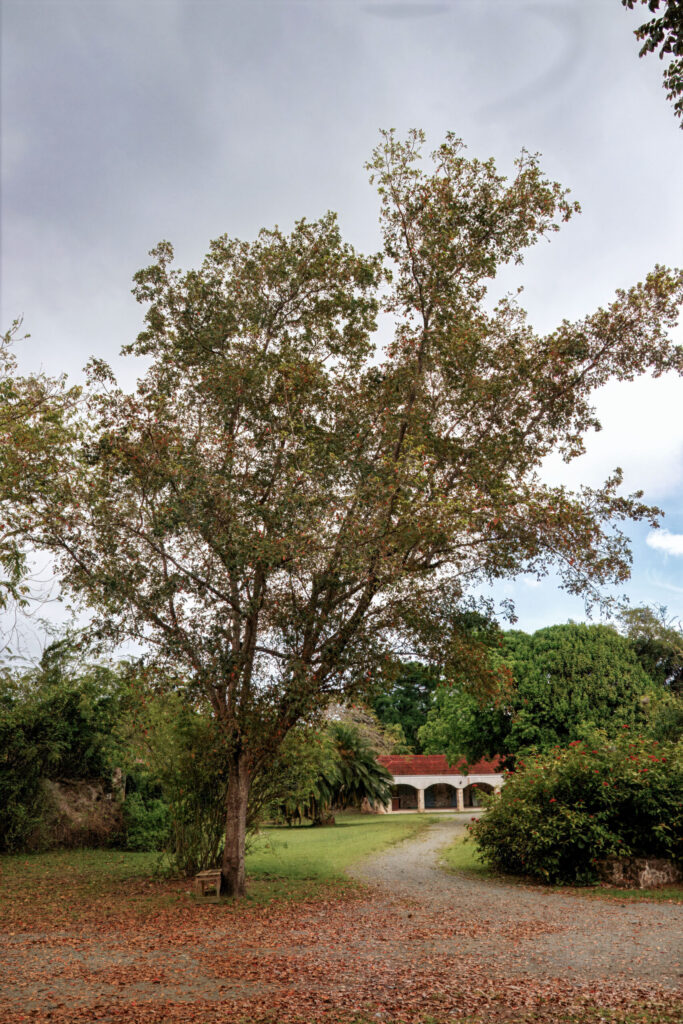
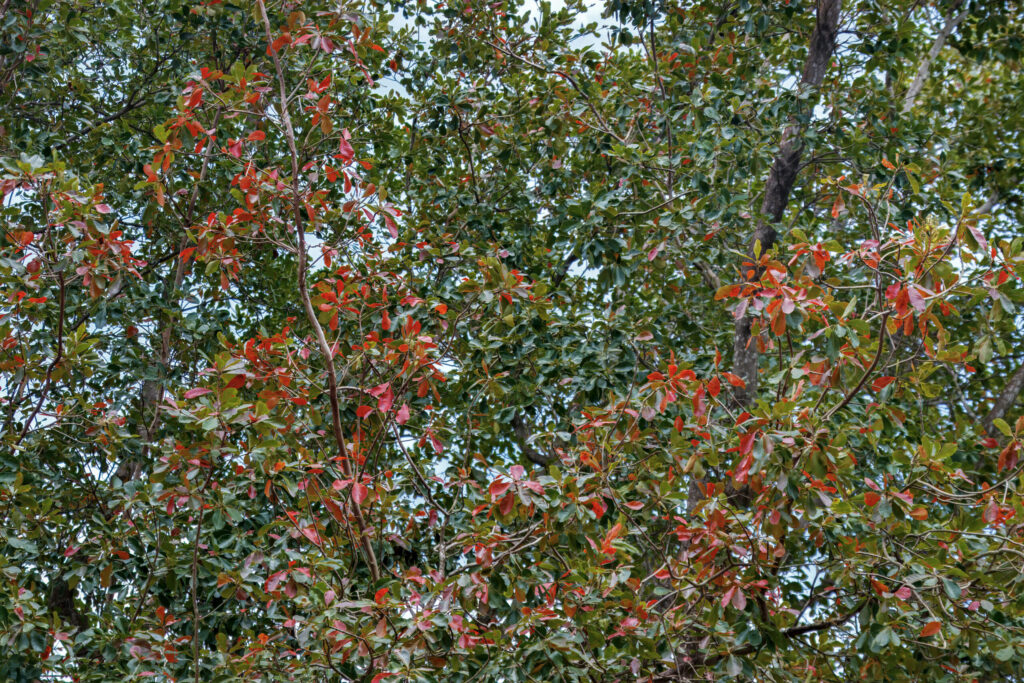
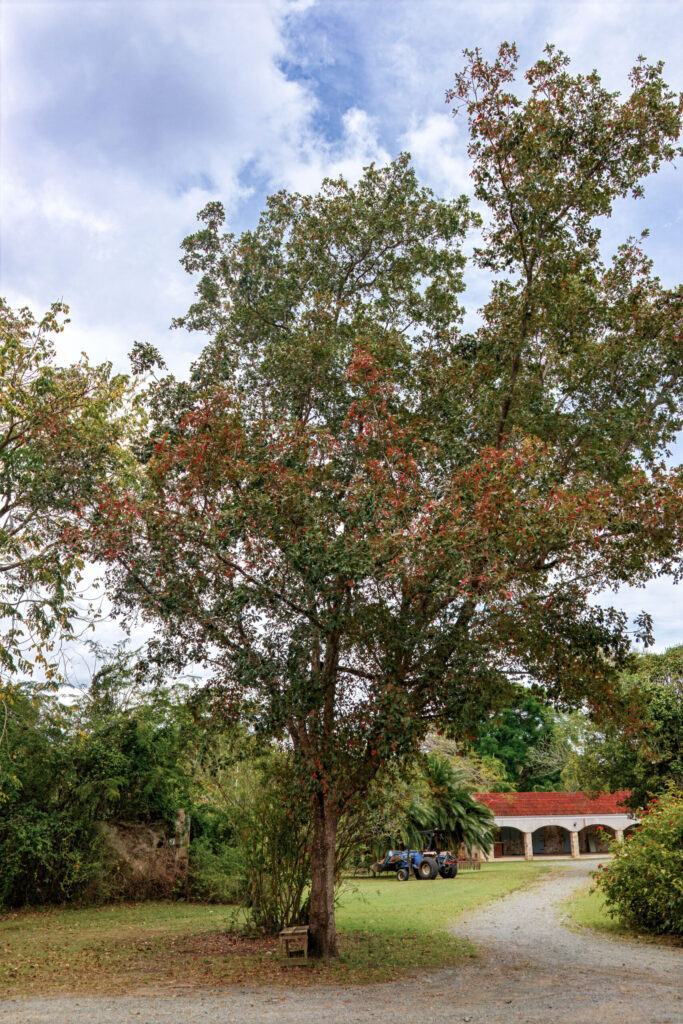
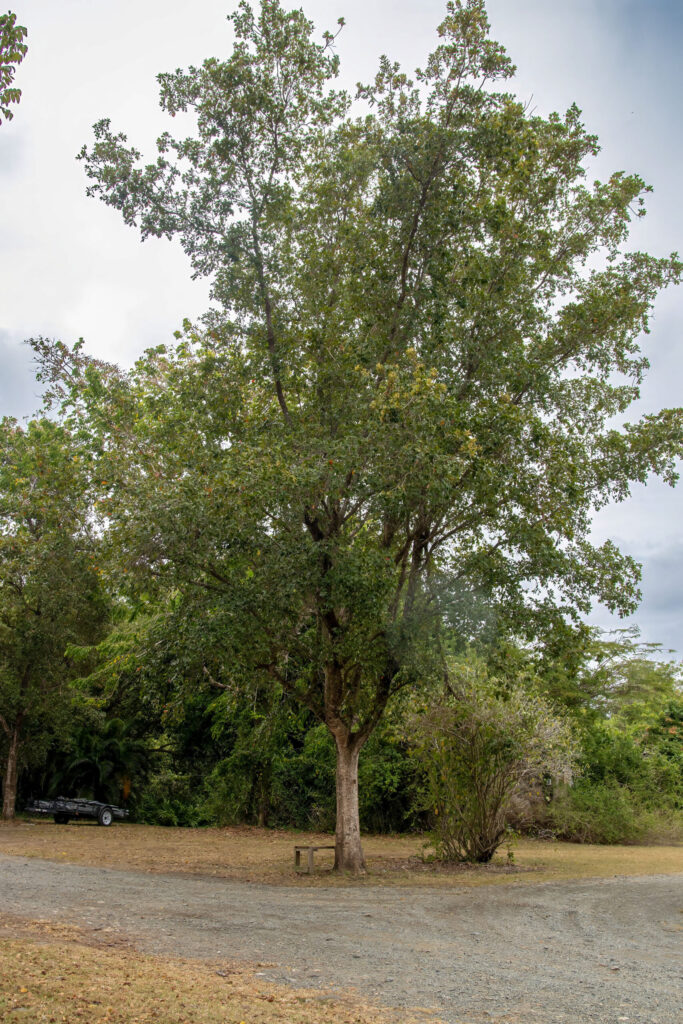
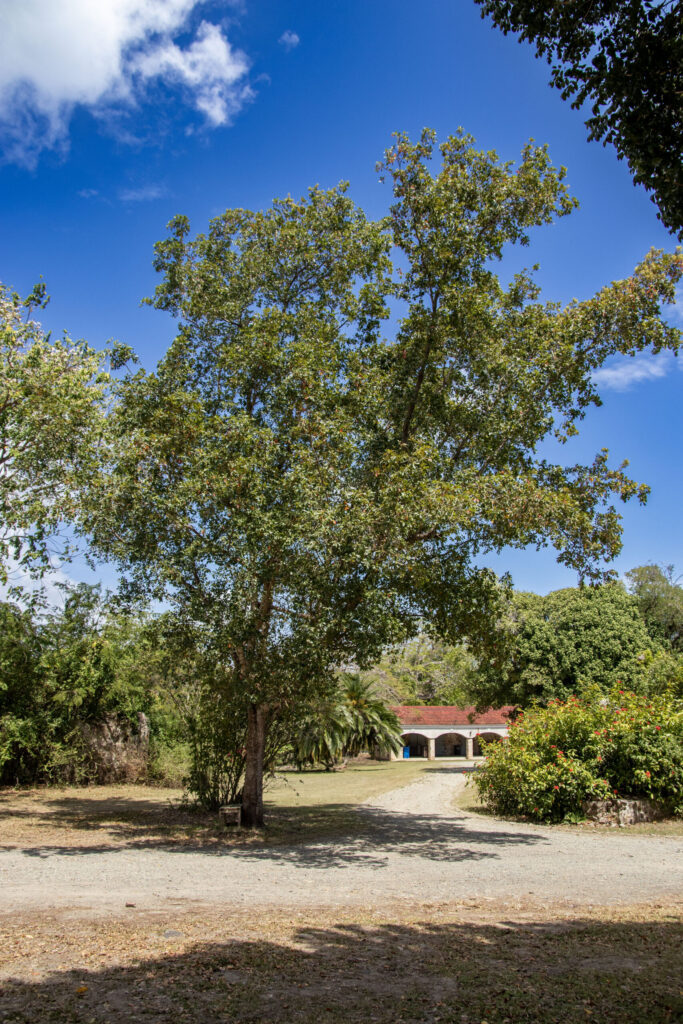
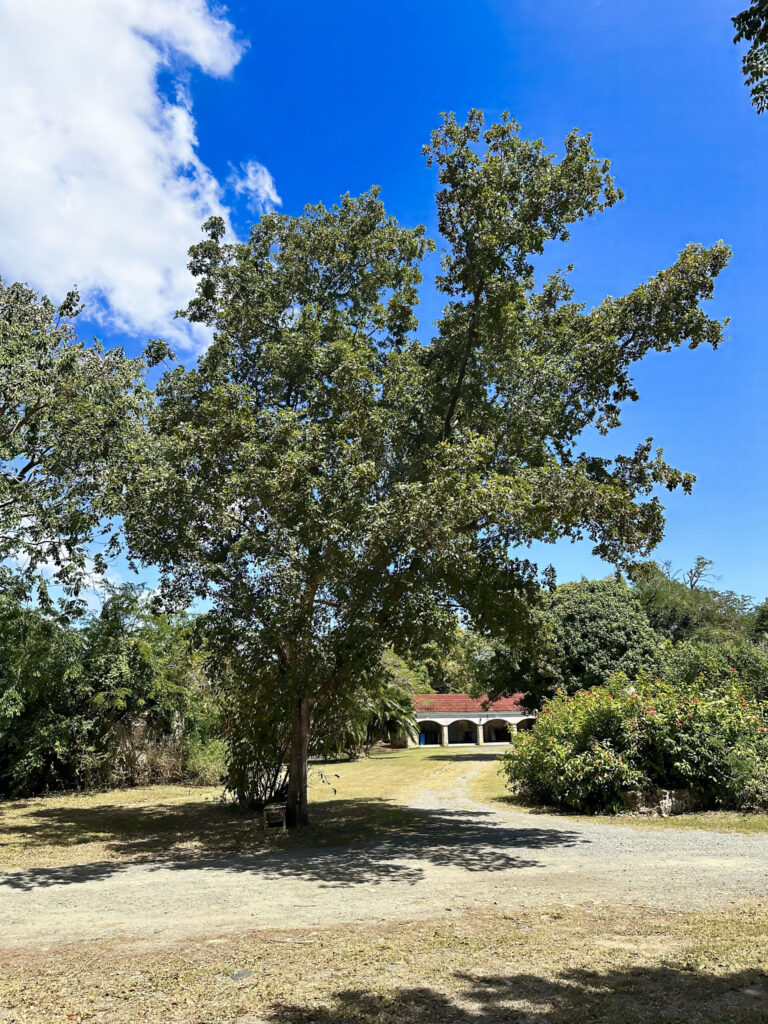
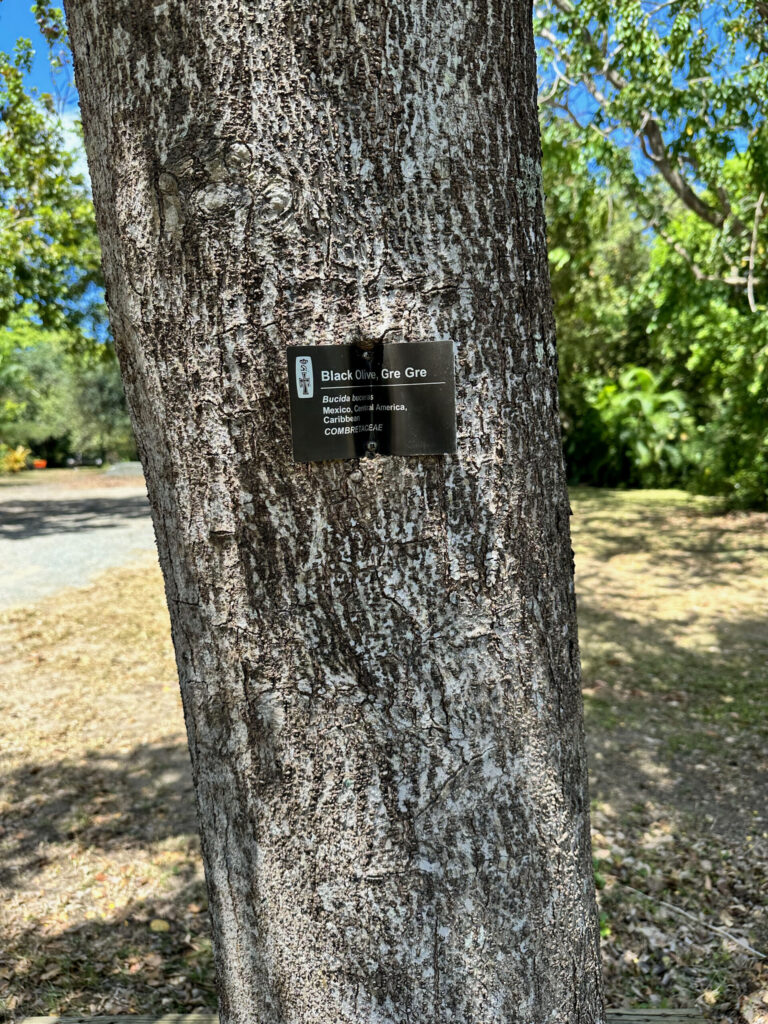
Observations:
Phenological Markers – Black Olive Tree (Bucida buceras)
1. Leaf Behavior
Black Olive is typically evergreen in moist or coastal areas, but it may become briefly deciduous in dry conditions or drought stress, especially during January to March in St. Croix.
- Leaves are small, leathery, and simple, arranged in tight spirals around branchlets.
- New leaf flushes occur after rain or flowering, emerging light green before maturing to a dark, glossy green.
Observation Tips:
- Watch for flushing at branch tips following dry spells or early wet season rains.
- Note canopy density—this tree’s compact form can make subtle changes easy to overlook.
2. Flowering
Flowers are tiny, yellow-green, and inconspicuous, borne in slender, hanging spikes.
- Flowering usually begins in late dry to early wet season (March–June), but may occur more than once a year.
- Though not showy, the mass flowering of small blooms may produce a light scent and attract pollinators like bees and ants.
Observation Tips:
- Look for threadlike flower spikes at the ends of branches.
- Record first flowering and duration, and observe insect visitation.
3. Fruiting
Fruits are small, oval, dark brown to black drupes, giving the tree its common name.
- Fruiting typically follows flowering by several months, peaking between June and September.
- Fruits may persist on the tree and fall gradually, often accumulating under the canopy.
Observation Tips:
- Track fruit development, color change, and drop.
- Note any wildlife feeding activity, as birds may eat the small fruits.
4. Bark and Twigs
Not a phenological marker per se, but worth noting:
- Twigs have a distinctive zig-zag pattern, and the bark is smooth and gray on younger trees, becoming rougher with age.
5. Seasonal Pattern (St. Croix)
- Jan–Mar: Occasional leaf thinning or drop
- Mar–Jun: Flowering peak + new leaf flush
- Jun–Sep: Fruiting and seed drop
- Oct–Dec: Dense evergreen canopy, occasional sporadic flowering
